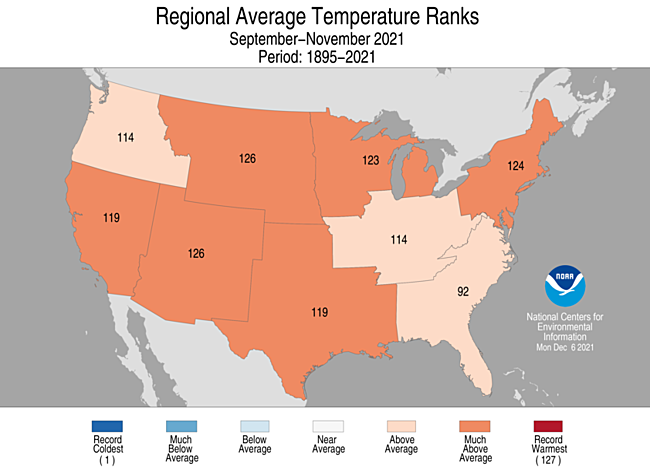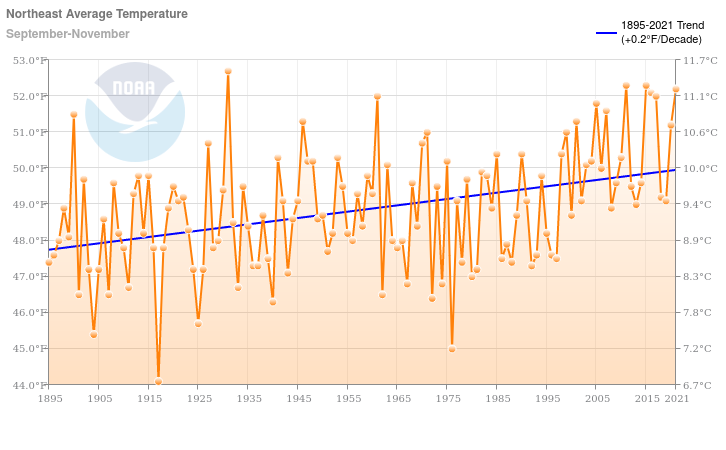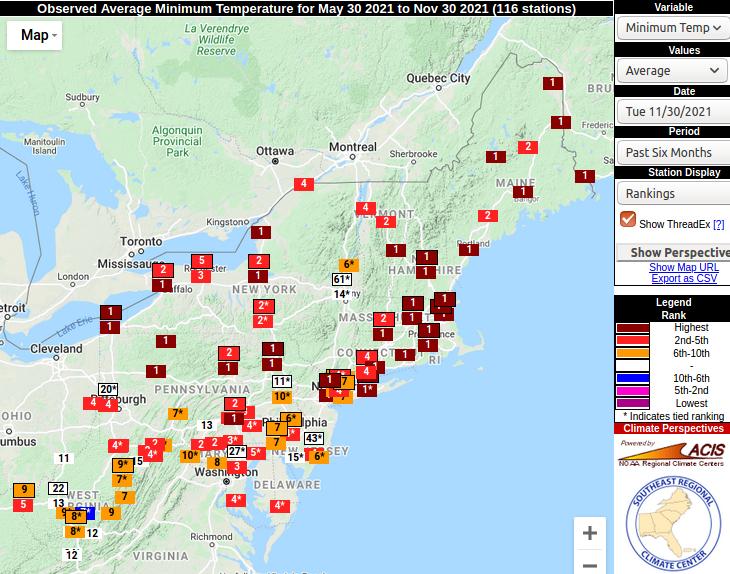Ph.D candidate Boyang Zhao along with Ray Bradley and colleagues have published a study in the journal Science Advances that finds that extended drought, on top of other factors, may have led to the abandonment of Norse settlements in southern Greenland in the early 15th century. The team used hydrogen isotopes in leaf wax remnants in lake sediments and other data to conclude that the climate became progressively drier during the Norse period. Read more in the UMass news release, the journal article, and associated piece in Science.
Julie Brigham-Grette and Rob DeConto address an international symposium of world’s leading polar researchers
Recently, CSRC’s Julie Brigham-Grette and Rob DeConto were invited to address an international symposium of the world’s leading polar researchers in Monaco. Their full remarks can be seen on YouTube at the 3:25 and 3:48 marks. Read more in the UMass news release.
Anna Ruth Halberstadt leads study resolves a long-standing discrepancy in the geologic record
In a paper publish recently in the journal Geology, Ruthie Halberstadt and coauthors Rob DeConto and Douglas E. Kowalewski addressed a discrepancy between marine data from the Ross Sea and data collected in the McMurdo Dry Valleys. Ruthie completed this research as part of her P.h.D. in geosciences. Read more in the UMass news release and journal paper.
Ray Bradley publishes review article on past extreme tropical hydrological events
In a recent paper published in Reviews of Geophysics, UMass Distinguished Professor Raymond Bradley synthesized information from lake sediments, stalagmites, and offshore marine sediments to provide a comprehensive record of changes over the past ?70,000 years. He and coauthor Henry Diaz describe how freshening of the subpolar North Atlantic led to a rapid reduction in the northward flux of heat by the ocean, subsequent reorganization of the atmospheric circulation, and, in turn, climate modifications in various parts of the world. Read the paper here.
Julie Brigham-Grette pens opinion piece on the myraid issues concerning climate geoengineering
Writing in The Hill, Geosciences Professor Julie Brigham-Grette and Pam Pearson, director of the International Cryosphere Climate Initiative, describe the lure of geoengineering, and it’s potential pitfalls, as a potential solution to anthropogenic global warming. “The stark reality: There is no magic technological fix.” Read the OpEd, Don’t look up (north)
Study reveals that humans reached remote North Atlantic islands centuries earlier than thought
In a study published in Communications Earth & Environment, Ray Bradley and colleagues, including former CSRC postdoctoral researcher William D’Andrea at Columbia University, suggest that an unknown band of humans settled there around A.D. 500 — some 350 years before the Vikings, who until recently were thought to be the first human inhabitants. The study is supported by lake sediment samples containing signs that domestic sheep suddenly appeared around 500, well before the Viking occupation.
What caused the Little Ice Age? UMass research points to a transfer of warm water from the tropics to the Arctic
Francois Lapointe and Ray Bradley have published a study in Science Advances that reveals that the Little Ice Age, one of the coldest periods of the past 10,000 years, was triggered by the transfer of warm Atlantic Ocean water from the tropics. The warming occurred during a time of high solar activity and few volcanic eruptions. Read more in the UMass news release and journal article.
Fourth warmest autumn on record for Northeast U.S.
December 8, 2021
Climate System Research Center
Climate analysis for autumn and summer-autumn 2021.

Meteorological autumn (Sep-Nov) was the fourth warmest on record for the Northeast U.S. Maine, Massachusetts, and Rhode Island saw their third warmest autumn. A record warm October paced the autumn anomaly.
It was the third warmest autumn for the contiguous U.S.
Four of the five warmest autumns over the Northeast have occurred in the last 11 years (2011, 2015, 2021, 2016). The season is warming at a rate of 0.2 oF per decade since 1895.

For minimum temperature, the Northeast experienced the highest average on record for both autumn and the summer-autumn period (Jun-Nov). Minimum temperatures for summer-fall were record warm at most sites in New England, including Boston, Providence, Worcester, and a majority of locations in Maine and New Hampshire. This year Boston had its warmest summer on record, and its year-to-date average temperature is on pace to be warmest ever recorded.

Autumn was wetter than normal across most of the region. Massachusetts received 16.5 inches of rain, the most of any state in the Northeast. This is 3.5 inches above normal, making for the 12th wettest autumn on record.
Information accessed from the NOAA National Centers for Environmental Information and the Northeast Regional Climate Center. Period of record is 127 years since 1895.
Agricultural Runoff Contributes to Global Warming
In a new study in AGU Advances, Matthew Winnick describes how runoff laden with nitrogen from fertilizer is leading to increased nitrous oxide emissions in river systems. Read more in the UMass news release.
New research on Arctic Rivers
In a pair of new papers, Michael Rawlins and colleagues describe new numerical model simulations of dissolved organic carbon (DOC) loaded to rivers throughout the western Arctic and how flows of water and DOC are increasing in northwest Alaska. Read more in the UMass news release and the Journal of Geophysical Research-Biogeosciences and Environmental Research Letters journal articles.
